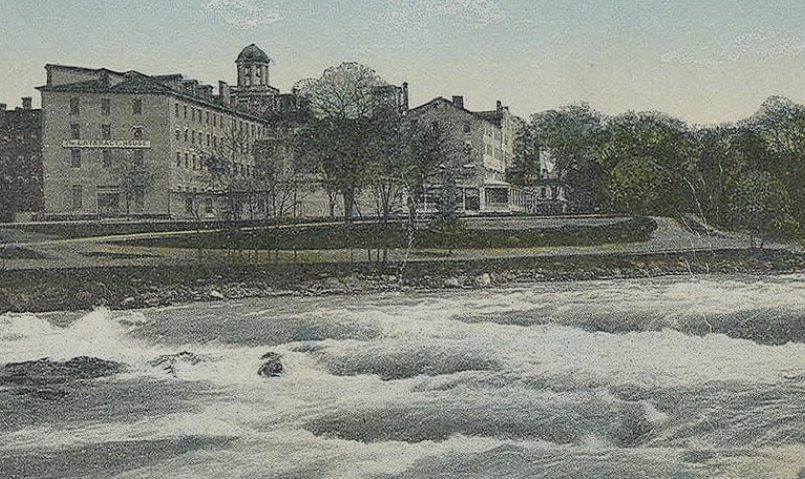Who Were the Three Sisters Islands Named After? The Legends Behind Niagara’s Iconic Isles
Three Sisters Islands, Niagara Falls, USA.
The General, the Sisters, and the Spirit of the Falls
Beneath the roar of Niagara’s upper rapids, tucked away from the tourist throngs, lie the Three Sisters Islands—a cluster of serene landforms just off Goat Island. Their name honors the daughters of General Parkhurst Whitney.
General Parkhurst Whitney (1784–1862) was a key early settler and influential figure in Niagara Falls, New York. He served as a commander during the War of 1812 and later became a successful businessman. Whitney owned and operated the Cataract House, one of the most renowned hotels in the region during the 19th century, known for its elegance and role in shaping the city’s early tourism economy.
More than just a grand hotel, the Cataract House, established in 1825 and managed by Whitney, became a vital station on the Underground Railroad. Located near the Niagara River, it employed an all–African American waitstaff—many of whom were formerly enslaved. These courageous individuals helped freedom seekers escape to Canada, often ferrying them across the river under the cover of night.
Though there’s no definitive record of Whitney publicly identifying as an abolitionist, his management practices strongly suggest tacit support. The continued employment and trust placed in African American staff known to assist escapees implies Whitney was at least aware of—and possibly quietly endorsed—their efforts.
In the spring of 1816, during a rare lull in the river’s fury caused by ice upstream, Whitney led his daughters—Asenath, Angeline, and Celinda Eliza—across the rocks to explore the islands. They became, according to record, the first white women to step foot there. A smaller island nearby was named Solon, for Whitney’s son.
Today, the Three Sisters Islands offer a rare refuge in a place defined by thunder. Nowhere else on either side of Niagara can you walk so close to the rapids—close enough to feel the river’s breath and hear the roar of the falls at your feet. But if you pause long enough, you might sense something deeper: the pull of history, the echo of family, and the spirit in the mist.
The “Three Sisters” of corn, beans, and squash—the “Three Sisters” of Native agricultural tradition.
But this place’s significance runs deeper than family names. Long before bridges or boats, the Iroquois held these islands sacred. Their shamans would venture out to offer sacrifices and commune with He-No, the thunder spirit believed to dwell in the cave beneath Horseshoe Falls. The islands were not just land—they were thresholds to the spirit world.
Some say the Three Sisters Islands are named after corn, beans, and squash—the “Three Sisters” of Native agricultural tradition—but according to our best historical sources, the islands were actually named after three real sisters who crossed the ice to Goat Island in the early 1800s.
The famed Cataract House, which sadly is now gone.
General Parkhurst Whitney, and below the famed Whitney mansion built by his son, Solon, in Niagara Falls, NY.





